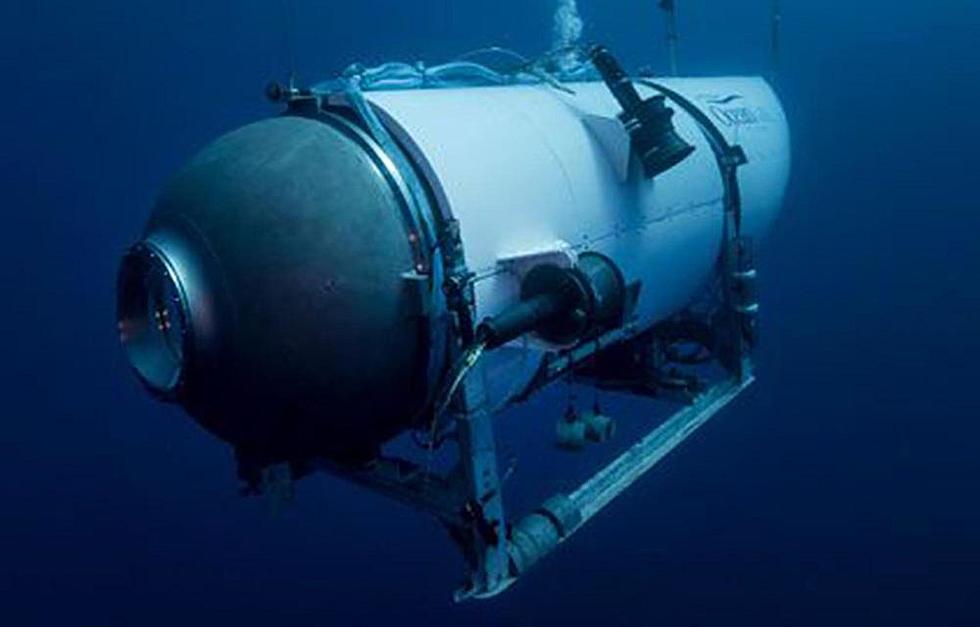
Everything You Need to Know About Search for Missing Titan Submersible as Oxygen Supply Dwindles
A joint search effort led by the U.S. Coast Guard and involving multiple aircraft and ships from the United States and Canada is underway to locate a submersible vessel that disappeared while en route to explore the wreckage of the Titanic.
According to the Associated Press, the submersible, named Titan, belongs to OceanGate Expeditions, an undersea exploration company known for its annual voyages to document the decay of the Titanic and study the surrounding underwater ecosystem.
The incident occurred on Sunday morning when the craft submerged, but contact was lost with its support vessel approximately one hour and 45 minutes later, as reported by the U.S. Coast Guard. The Titan was reported overdue in a remote area of the North Atlantic Ocean, around 435 miles south of St. John’s, Newfoundland, according to Canada's Joint Rescue Coordination Centre in Halifax, Nova Scotia.
The submersible was launched from an icebreaker chartered by OceanGate and formerly operated by the Canadian Coast Guard. It has successfully made multiple dives to the North Atlantic wreck site, alongside dozens of researchers and crew members.
The Titan, described as the largest deep-diving submersible, is equipped with advanced safety features that continuously assess the integrity of its hull during dives. Constructed using titanium and filament-wound carbon fiber, the submersible weighs 20,000 pounds in the air but becomes neutrally buoyant upon reaching the seafloor.
Based on the current information available, the Titan has approximately 40 hours of oxygen remaining, which means the supply could run out by Thursday morning.
Various theories have emerged regarding the possible cause of the submersible's disappearance. Eric Fusil, an associate professor and shipbuilding expert, suggests scenarios such as a power blackout, fire, flood, or entanglement.
A power loss leading to the vessel resurfacing and awaiting rescue is considered the most optimistic possibility. However, deep-sea rescue missions pose significant challenges due to the difficulty of communication and the risks involved.
The search efforts, spanning over 10,000 square miles, involve extensive resources. The Canadian research icebreaker Polar Prince, accompanied by a Canadian Boeing P-8 Poseidon reconnaissance aircraft, is conducting surface searches. Additionally, the Canadian military has deployed sonar buoys to listen for any potential signals from the missing submersible. An underwater robot has been deployed in the vicinity of the Titanic wreckage, and salvage equipment is being mobilized in case the submersible is located.
Support from the United States includes two Lockheed C-130 Hercules aircraft conducting overflights and three C-17s from the U.S. Air Mobility Command assisting in transporting another commercial company's submersible and support equipment to aid in the search. The Canadian military has dispatched a Royal Canadian Navy ship with a specialized medical team and a mobile hyperbaric recompression chamber, emphasizing the importance of being prepared for potential rescue operations.
As the search for the missing submersible intensifies, hopes remain high for a successful outcome. However, the complex nature of deep-sea exploration and the challenges involved in locating and rescuing individuals at such depths only underscore the inherent risks that come with an endeavor such as this.
We will follow this story and provide updates when available.

